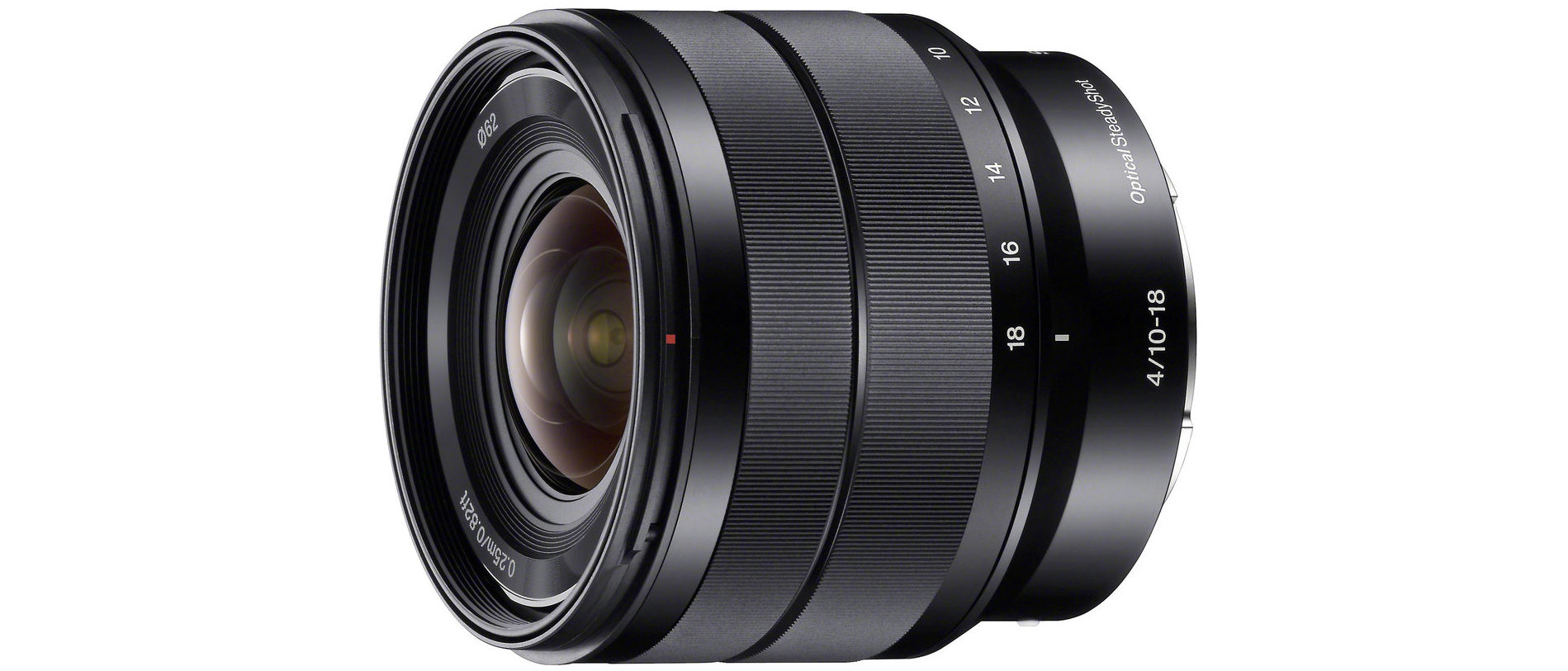Digital Camera World Verdict
Sony’s wide-angle zoom for its APS-C format mirrorless cameras is conveniently compact and lightweight but packs a punch with good overall performance, a constant f/4 aperture rating throughout the zoom range, and 3-stop optical stabilization. Corner-sharpness could be better at the shortest focal length but it’s a good buy for everything from architectural interiors to sweeping landscapes.
Pros
- +
Compact and lightweight
- +
Constant f/4 aperture
- +
Optical SteadyShot
Cons
- -
Mediocre corner-sharpness
- -
Not weather-sealed
- -
Pricey for its type
Why you can trust Digital Camera World
Sony’s full-frame mirrorless cameras have been hogging the limelight recently but there’s still plenty of life in the APS-C line-up, for which the Sony E 10-18mm f/4 OSS is designed. Taking the 1.5x crop factor into account, it gives a wide-angle zoom range of 15-27mm in full-frame terms, neatly picking up the baton from a standard zoom when you need a greater field of view. As such, it’s an attractive proposition for landscape photography as well as for architectural interiors and, with a constant f/4 aperture, it can just about tackle astrophotography to boot.
Specifications
Mount: Sony E (APS-C)
Sony product number: SEL1018
Full-frame: No
Autofocus: Yes
Image stabilisation: Yes
Lens construction: 18 elements in 8 groups
Angle of view: 109-76 degrees
Diaphragm blades: 7
Minimum aperture: f/22
Minimum focusing distance: 0.25m
Maximum magnification ratio: 0.1x
Filter size: 62mm
Dimensions: 70x64mm
Weight: 225g
Key features
For a wide-angle zoom, this Sony lens is relatively small and lightweight but nevertheless features a metal rather than plastic mounting plate and comes complete with a bayonet-fit petal-shaped hood. Build quality feels robust but the construction lacks weather-seals.
Appealing features include a constant f/4 aperture rating and an OSS (Optical SteadyShot) stabilizer with 3-stop performance. The optical path is based on 18 elements in 8 groups and includes three aspherical elements, plus one Super ED (Extra-low Dispersion) element, aiming to boost sharpness and reduce color fringing.
Performance
Centre-sharpness is excellent throughout the zoom range but corner-sharpness is relatively lackluster at 10mm, even when stopping down the aperture. Other facets of performance and image quality are very good, although the outright zoom range is relatively limited compared with various competing lenses for other makes of camera.
Lab results
We run a range of lab tests under controlled conditions, using the Imatest Master testing suite. Photos of test charts are taken across the range of apertures and zooms (where available), then analyzed for sharpness, distortion and chromatic aberrations.
We use Imatest SFR (spatial frequency response) charts and analysis software to plot lens resolution at the center of the image frame, corners and mid-point distances, across the range of aperture settings and, with zoom lenses, at four different focal lengths. The tests also measure distortion and color fringing (chromatic aberration).
Sharpness:
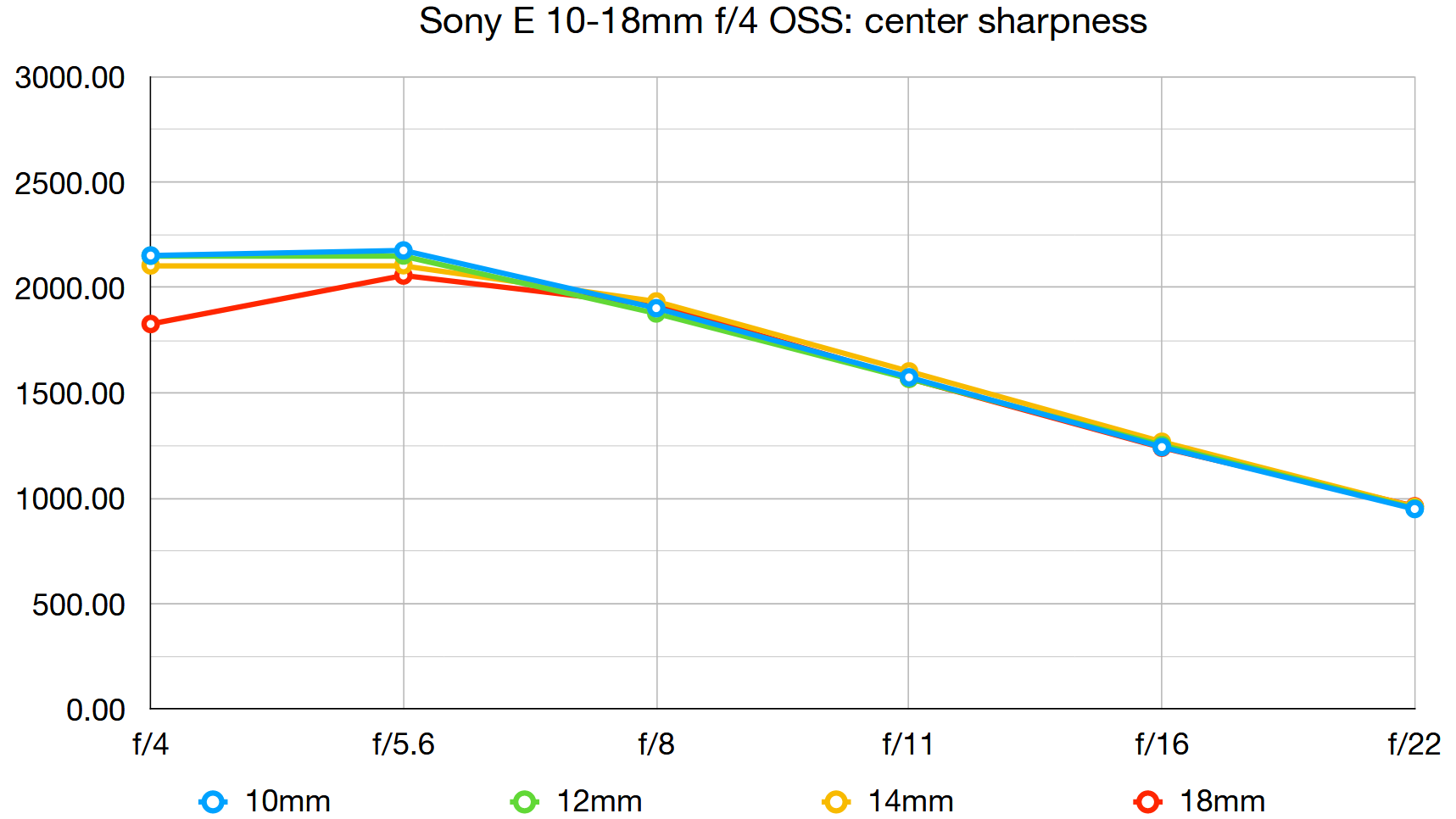
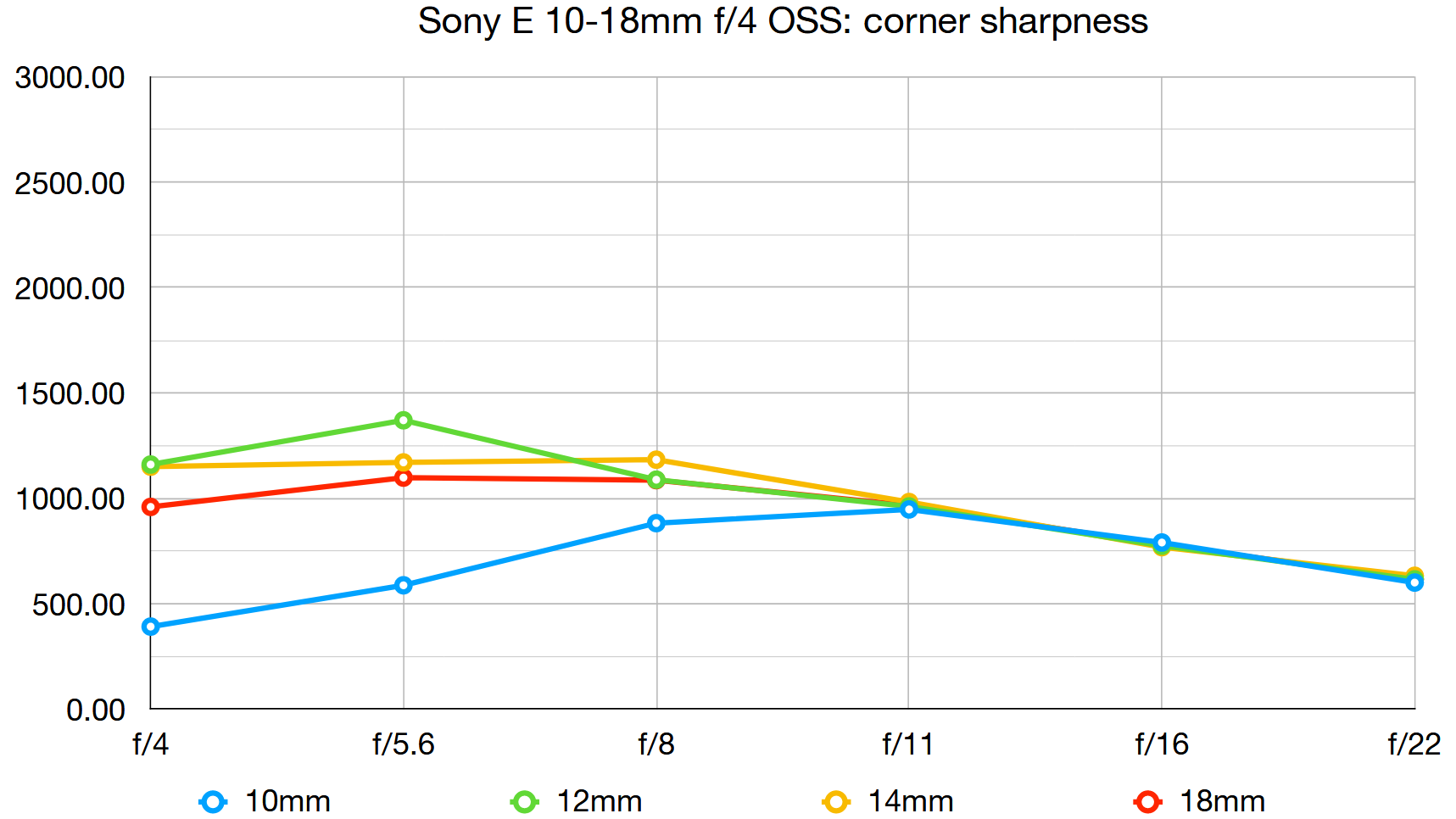
Sharpness is mostly impressive but corner-sharpness at the short end of the zoom range is a little disappointing.
Fringing:
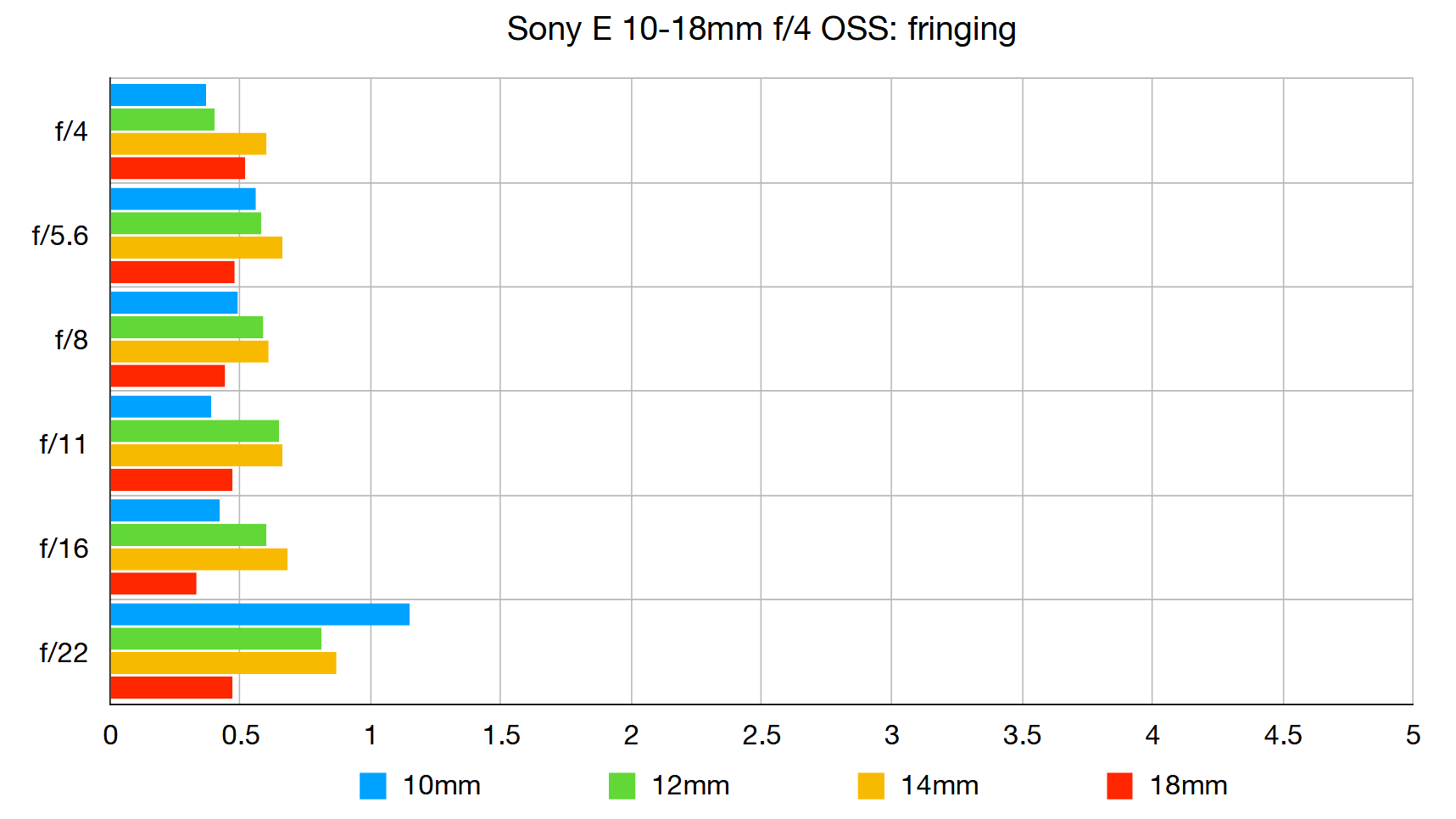
Color fringing is pretty negligible at any combination of focal length and aperture setting, even towards the corners of the image frame.
Distortion:
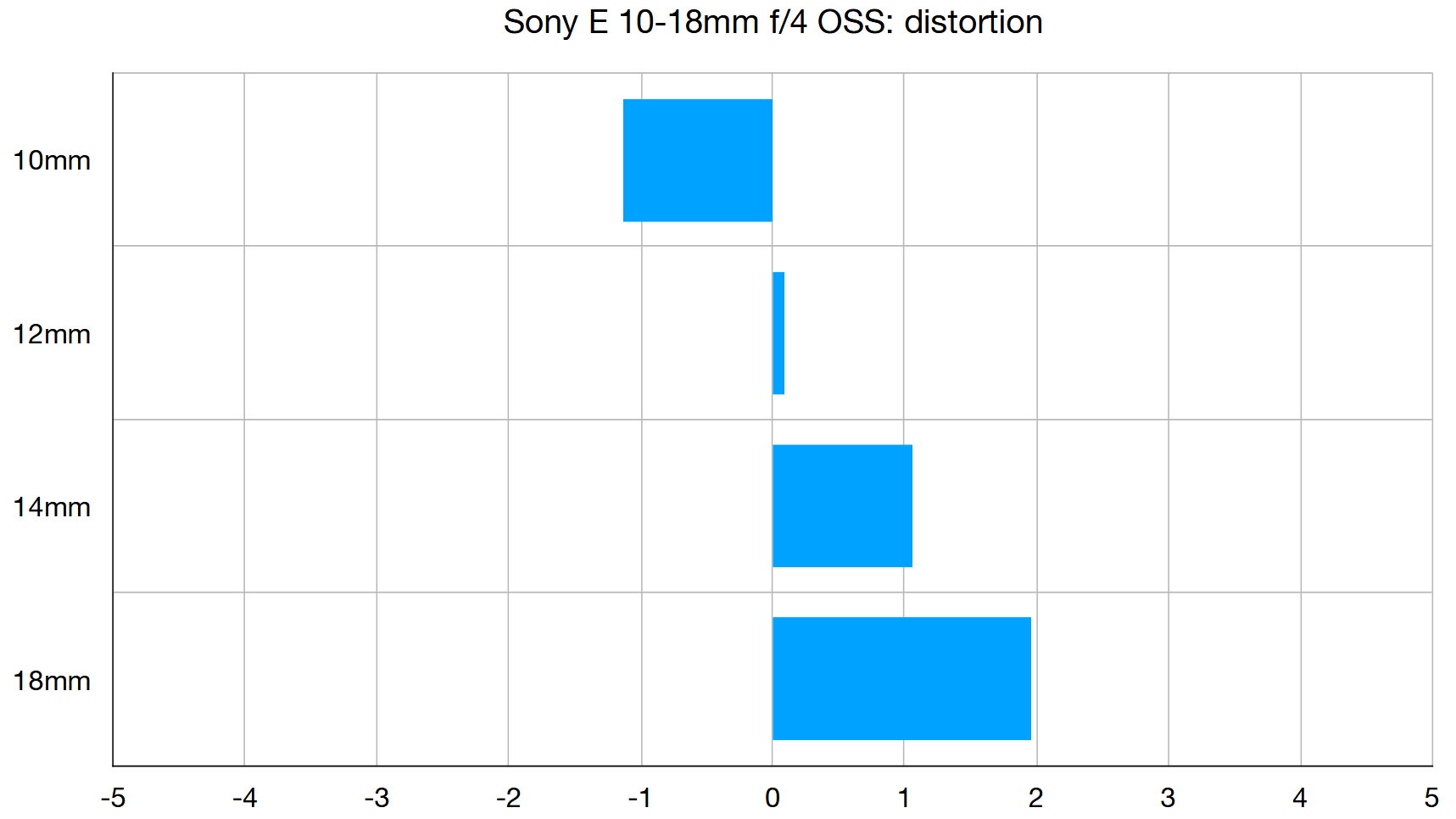
Barrel distortion is very minor at 10mm and pincushion is similarly low in the 14-16mm sector.
Verdict
Sony’s wide-angle zoom for its APS-C format mirrorless cameras is conveniently compact and lightweight but packs a punch with good overall performance, a constant f/4 aperture rating throughout the zoom range, and 3-stop optical stabilization. Corner-sharpness could be better at the shortest focal length but it’s a good buy for everything from architectural interiors to sweeping landscapes.
Read more:
• Best camera lenses to get
• Best Canon lenses
• Best Nikon lenses
• Best Sony lenses
Matthew Richards is a photographer and journalist who has spent years using and reviewing all manner of photo gear. He is Digital Camera World's principal lens reviewer – and has tested more primes and zooms than most people have had hot dinners!
His expertise with equipment doesn’t end there, though. He is also an encyclopedia when it comes to all manner of cameras, camera holsters and bags, flashguns, tripods and heads, printers, papers and inks, and just about anything imaging-related.
In an earlier life he was a broadcast engineer at the BBC, as well as a former editor of PC Guide.
